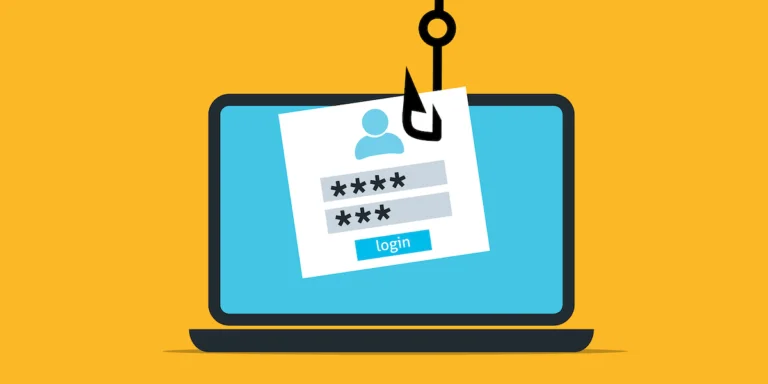Cloud services have transformed the way businesses and individuals store data, deploy applications, and scale operations. But with great convenience comes great risk. As more organizations migrate to the cloud, cybercriminals are following closely behind, targeting cloud infrastructure in increasingly sophisticated ways.
In 2025, understanding cloud-based attack vectors is not just a best practice—it’s a necessity. Whether you’re a business owner, developer, IT admin, or just a concerned user, this article will walk you through the trending cloud threats and what you can do to stay protected.

Why Are Cloud Services Targeted?
Cloud environments are attractive to attackers for several reasons:
- Centralized data: One breach can yield access to vast amounts of sensitive information.
- Misconfigurations: Cloud environments are often complex and prone to human error.
- Shared responsibility model confusion: Users often misunderstand which parts of the security stack they’re responsible for.
- Scalability: Attackers can exploit cloud resources to scale up their own operations (like cryptojacking).
Top Cloud Attack Trends in 2025
1. Misconfiguration Exploits
“Your cloud is only as secure as your settings.”
Cloud misconfigurations remain the #1 cause of cloud data breaches. Common mistakes include:
- Publicly exposed S3 buckets or Blob storage
- Improper IAM (Identity and Access Management) permissions
- Disabled encryption or logging features
How to defend:
- Use tools like AWS Config, Azure Policy, or GCP’s Security Command Center to monitor compliance.
- Implement least privilege access models.
- Regularly audit your cloud configuration.
2. Credential Theft and Cloud Account Takeover
Attackers use phishing, social engineering, and malware to steal credentials and gain access to cloud dashboards and APIs. Once in, they may:
- Steal data
- Spin up expensive VMs for cryptomining
- Install backdoors
How to defend:
- Enforce multi-factor authentication (MFA).
- Use password managers and rotate credentials regularly.
- Monitor for suspicious login behavior using security tools.
3. API Abuse
Cloud platforms expose APIs for everything—authentication, storage, compute, and more. Poorly secured APIs are a goldmine for attackers. Real-world scenario: Attackers brute-force APIs to bypass authentication or exploit logic flaws to access unauthorized resources.
How to defend:
- Secure APIs with proper authentication and rate-limiting.
- Validate all input to prevent injection attacks.
- Use API gateways and web application firewalls (WAFs).
4. Ransomware-as-a-Service (RaaS) in the Cloud
Modern ransomware gangs now target cloud storage and SaaS platforms. They encrypt cloud-stored data and demand cryptocurrency payments to restore access.
How to defend:
- Regularly back up cloud data to an isolated location.
- Enable immutable backups if available.
- Train employees to spot phishing emails—the #1 delivery method.
5. Insider Threats and Supply Chain Attacks
An often-overlooked risk is internal actors or third-party vendors with access to your cloud environment. In 2024, supply chain attacks spiked, with threat actors exploiting CI/CD pipelines, open-source libraries, and cloud infrastructure tools.
How to defend:
- Audit third-party access.
- Segment environments and limit internal permissions.
- Monitor activity logs for anomalies.
Tools That Can Help
Here are some essential tools and services to harden your cloud infrastructure:
| Tool | Use |
|---|---|
| Cloud Security Posture Management (CSPM) | Detect and fix misconfigurations (e.g., Prisma Cloud, Wiz) |
| Cloud Access Security Brokers (CASB) | Monitor and secure user interactions with cloud services |
| Security Information and Event Management (SIEM) | Centralized logging and threat detection (e.g., Splunk, Azure Sentinel) |
| IAM Governance Tools | Enforce access policies and role-based access (e.g., AWS IAM Access Analyzer) |
Best Practices for Securing Cloud Environments
- Understand the Shared Responsibility Model – Cloud providers secure the infrastructure, but you’re responsible for securing what you build on it.
- Automate Security Checks – Use infrastructure-as-code (IaC) scanning and CI/CD security checks.
- Monitor Continuously – Security is a 24/7 job. Use threat detection tools.
- Encrypt Everything – In transit and at rest. Use customer-managed keys where possible.
- Stay Updated – Regularly patch your VMs, containers, and software dependencies.
Final Thoughts
Cloud technology is not inherently insecure—but it is complex. Most cloud attacks exploit misunderstandings, misconfigurations, or mismanagement. As cloud adoption continues to grow in 2025, so does the need for cloud-native security mindsets and proactive defenses.
The cloud may be someone else’s computer—but it’s still your responsibility to secure your data. Have you experienced or defended against a cloud attack? Share your story or ask your questions in the comments below.
At INFOCUS-IT, we specialize in advanced cybersecurity solutions—from threat detection and incident response to compliance and risk management. Whether you’re a small business or a large enterprise, our experts are here to protect what matters most.
Book your vulnerability scan now → infocus-it.com
📩 Support: support@infocus-it.com
📞 Helpdesk: +91-8178210903
hashtag#vapt hashtag#owasp hashtag#bugbounty hashtag#ethicalhacking hashtag#infocusit

